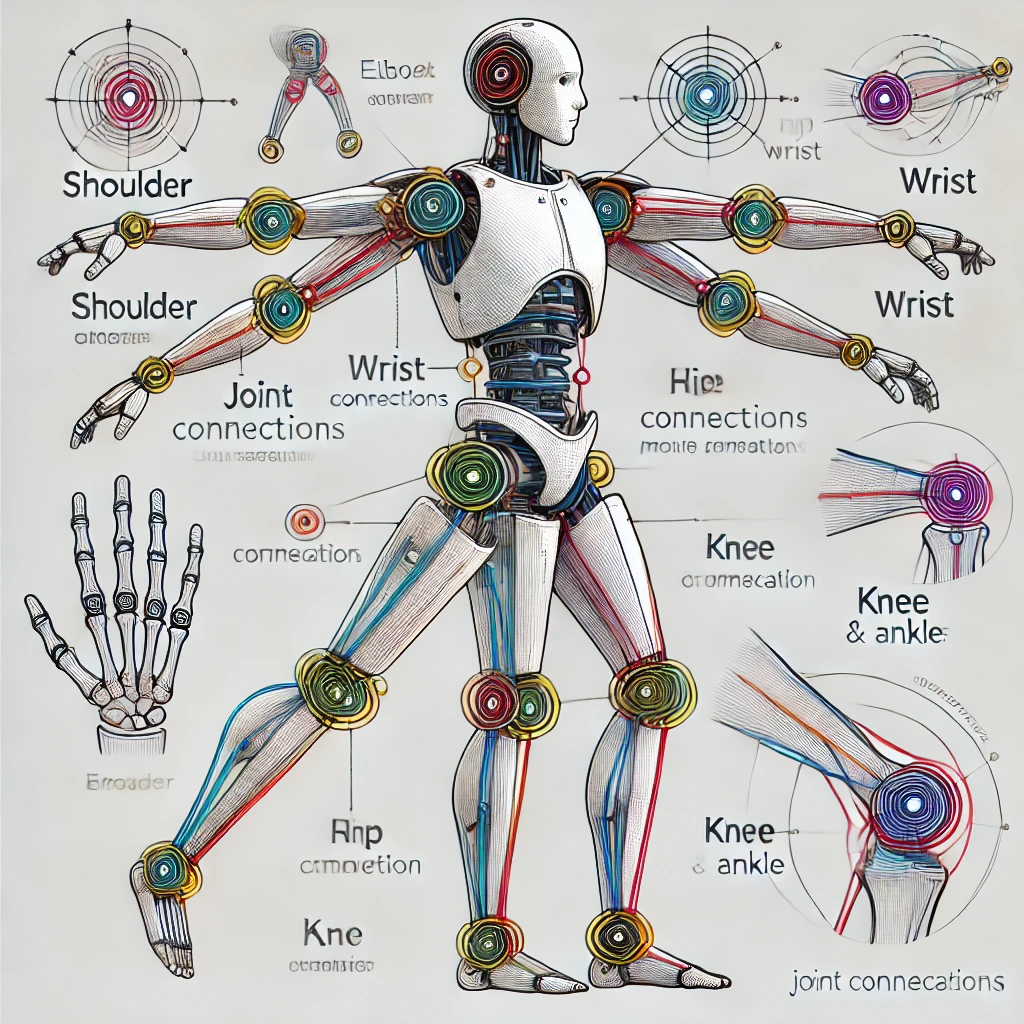Creating an algorithm in coding involves defining a step-by-step procedure to solve a specific problem or perform a task. Here’s a general approach to creating algorithms in coding:
1. **Understand the Problem:** Before you start coding, ensure you have a clear understanding of the problem you need to solve. What are the inputs and desired outputs? What are the constraints or requirements?
2. **Break It Down:** Divide the problem into smaller, manageable sub-tasks. Each sub-task should be well-defined and relatively simple to understand.
3. **Pseudocode:** Write pseudocode, which is a high-level description of your algorithm in plain language. It should outline the steps you plan to take without focusing on specific code syntax.
4. **Flowchart:** Create a flowchart to visually represent the algorithm. Use shapes and arrows to show the flow of control from one step to the next. Flowcharts can help you visualize the logic of your algorithm.
5. **Define Data Structures:** Determine what data structures (variables, arrays, objects, etc.) you’ll need to store and manipulate data during the algorithm’s execution.
6. **Write Code:** Implement the algorithm in your chosen programming language. Start by translating your pseudocode and flowchart into actual code. Be sure to use appropriate control structures (e.g., loops and conditionals) to control the flow of the program.
7. **Test and Debug:** Test your code with different inputs to ensure it produces the correct output. Debug and fix any errors or unexpected behavior.
8. **Optimize:** If necessary, optimize your algorithm for performance by analyzing the code and identifying areas where it can be made more efficient.
9. **Document Your Code:** Write comments and documentation to explain how the code works. This is important for both your reference and for anyone else who may work with your code.
10. **Refactor (if needed):** After testing and reviewing your code, you may find opportunities to improve its structure or clarity. Refactoring involves restructuring the code without changing its external behavior to make it more maintainable.
11. **Iterate:** Depending on the complexity of the problem, you may need to iterate through these steps, making improvements and adjustments as necessary.
12. **Review and Maintain:** Regularly review and maintain your code as needed, especially if you encounter new requirements or issues.
Remember that the key to good coding is breaking down complex problems into smaller, manageable parts and designing clear and efficient algorithms. Practice and experience will help you become more proficient in this process.
Here’s a simple algorithm for finding the maximum number in a list of integers:
**Algorithm to Find the Maximum Number in a List:**
1. Start with the assumption that the first number in the list is the maximum.
2. For each subsequent number in the list:
a. Compare it with the current maximum.
b. If the current number is greater than the maximum, update the maximum to be the current number.
3. Repeat step 2 for all numbers in the list.
4. The maximum number at the end of the process is the maximum number in the list.
Here’s a Python code sample that implements this algorithm:
“`python
# Sample list of integers
numbers = [12, 5, 8, 25, 3, 15, 10]
# Initialize the maximum with the first number in the list
max_number = numbers[0]
# Iterate through the list to find the maximum
for number in numbers:
if number > max_number:
max_number = number
# The maximum number in the list is stored in the max_number variable
print(“The maximum number is:”, max_number)
“`
This algorithm iterates through a list of numbers and keeps track of the maximum number encountered so far. At the end of the loop, it identifies and prints the maximum number.
Creating an algorithm for a walking robot can be quite complex, as it involves coordinating the movement of multiple actuators and sensors. However, I can provide a simplified pseudocode example for a basic walking motion of a bipedal robot. Keep in mind that real-world walking algorithms are much more intricate and may involve sensor feedback and more advanced control systems.
Here’s a basic pseudocode for a simple walking algorithm:
“`plaintext
Initialize robot’s stance and balance
Repeat indefinitely:
If robot’s balance is stable:
Move right leg forward
Move left leg forward
Move right leg backward
Move left leg backward
Else:
Adjust balance using sensors and actuators
If a predefined condition is met (e.g., distance reached):
Exit the loop
End of loop
“`
This pseudocode represents a basic walking cycle for a bipedal robot. In practice, the robot would need to incorporate various sensors (e.g., gyroscopes, accelerometers) and actuators (e.g., motors) to control its balance and movement. Additionally, more advanced algorithms would consider dynamic stability, terrain detection, and obstacle avoidance.
Please note that developing a fully functional walking algorithm for a real robot involves a significant amount of engineering and testing, and the specifics would depend on the robot’s hardware and design.









